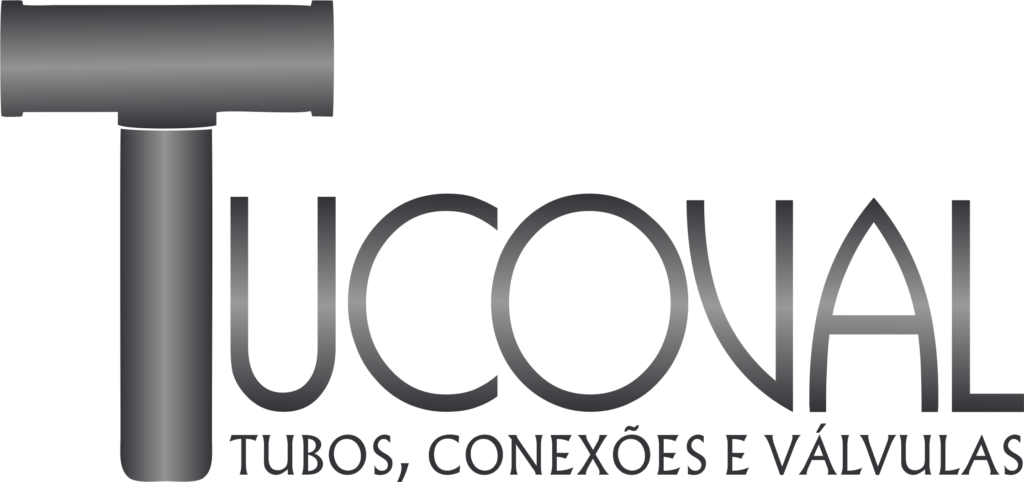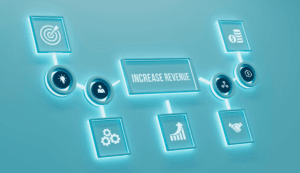This make sense because Home Depot wouldn’t be carrying accounts receivable with long payment terms. Most accounts receivable would just be the time between purchase and credit card settlement. A contra account provides missing context by pairing it with a related account. So as values shift depending on real-world factors, rather than making deductions or adjustments to the original or “parent” account, you would record these changes in the contra account instead.
What are the Five Types of Contra Accounts?
Each of these accounts helps to offset another account on the balance sheet. For instance, the allowance for doubtful accounts reduces the net amount of accounts receivable, while the reserve for obsolete inventory does the same for inventory. Similarly, accrued liabilities reduce the total amount of current liabilities. Whenever the balance of a contra asset account increases (credit to the contra asset account), the increased amount is written off as an expense and is reported in the company’s income statement.
Related AccountingTools Courses
Get instant access to video lessons taught by experienced investment bankers. Learn financial statement modeling, DCF, M&A, LBO, Comps and Excel shortcuts. Still, the dollar amounts are separately broken out in the supplementary sections most of the time for greater transparency in financial reporting. For industries contra revenue account that rely on natural resources — mining, logging, oil, gas — depletion tracks the gradual exhaustion of the raw material in question, offsetting that loss in value against the initial appraisal of the land. So an Accumulated Depletion account would serve as the contra for the parent Fixed Asset account.
Is Unearned Revenue a Contra Account?
The amount is not reported, and the net sales amount is reported on the income statement. The sales returns account contains either an allowance for returned goods, or the actual amount of revenue deduction attributable to returned goods. It is especially important to track sales returns separately and on a trend line, since this can provide important evidence of problems with a company’s products that are causing customers to return goods. Accounts receivable (A/R) has a debit balance, but the allowance for doubtful accounts carries a creditbalance. GAAP, the allowance for doubtful accounts represents management’s estimate of the percentage of “uncollectible” accounts receivable (i.e. the credit purchases from customers that are not expected to be paid). This general structure can be applied across all contra types, so if the parent account has a credit, the contra account will have a debit.
How are Contra Accounts Used and Reported?
The debit balance of the asset account and the credit balance of the contra asset account determine the net value of the asset. You may use accounting software packages, such as QuickBooks Online to set up contra accounts. Simply hit Control + N under the Chart of Accounts or Edit, then click New (to create a new account). A revenues account with a debit balance instead of the usual credit balance. Contra equity reduces the total number of outstanding shares on the balance sheet. The key example of a contra equity account is Treasury stock, which represents the amount paid to buyback stock.
Contra equity
- The amount in allowance for doubtful accounts is deducted from the accounts receivable account of a company.
- Similarly, accumulated depreciation accounts reduce the value of the fixed assets you report on your financial statements.
- If the asset account had a credit balance or the contra asset account had a debit balance, this would indicate an error in the journal entries.
- The contra asset account carries a credit balance because an asset account usually has a debit balance.
- Contra assets give investors a better picture of how you use your assets over time.
- For example, if your business has accounts receivable of $50,000 and an allowance for doubtful debts account totalling $5,000, the net accounts receivable is $45,000.
A delivery van is purchased by a business to use in delivering product and picking up materials. The company uses Straight-Line Depreciation to track the loss of value of the asset over time. Contra accounts are used to help a company report the original amount of a transaction as well as reductions that may have happened. They serve an invaluable function in financial reporting that enhances transparency in accounting books.
- The Allowance for Doubtful Accounts is directly related to the asset account entitled Accounts Receivable.
- This allows the reader to see both the current and historical book values for a particular asset or liability.
- Osman started his career as an investment banking analyst at Thomas Weisel Partners where he spent just over two years before moving into a growth equity investing role at Scale Venture Partners, focused on technology.
- An estimate of bad debts is made to ensure the balance in the Accounts Receivable account represents the real value of the account.
Example #2: Asset Contra Account
The balance in the contra account is reduced when the corresponding asset or liability it is paired with is disposed of. When a company gives a discount to customers in an effort to convince them to buy its goods or services, it is recorded in the discount on sales account. The allowance method of accounting enables a company to determine the amount reasonable to be recorded in the contra account. Whenever the balance of an account needs to be reduced in a company’s ledger, it is not always applicable to credit the account if it is an asset or debit the account if it is a liability.






